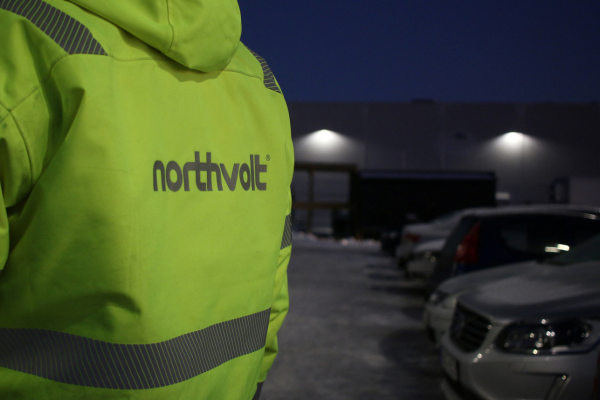SupplyChainTalk: Perfecting supply chain visibility - vision vs. reality
On 27 November 2024, SupplyChainTalk host Ana Maria Velica was joined by Ray Hasan, Third-Party Risk Manager, Vitality; Luis Taraco, Indirect Procurement Sourcing Manager - NAM, Schneider Electric; Ronan Minatel de Godoy, Head of Supply Chain Management, Bridgnorth Aluminium Ltd; and Ville Parkkinen, Director - Product Marketing, OpenText.
Views on news
Organizations in all verticals are learning how to cope with uncertainty. It’s no longer a shock, and now they’re developing new tactics, tools, and technologies to ride the waves. The top technologies being adopted for global supply chains are cloud-based common data platforms, IoT, and advanced analytics. Price volatility and sustainability and ESG compliance, however, further complicate supply chain management.
How deep should supply chain visibility go?
Sectors such as finance are increasingly exposed to cyber attacks in their supply chains, while it’s also key for them to comply with an ever wider array of regulations, but risk management is equally important in manufacturing too. Meanwhile, in the metal industry, new emission regulation coming into force in 2027 is shifting priorities and negotiating power towards green solutions. Although compliance is often seen as a burden, it leads to businesses scrutinising their supply chains more closely and mitigating risks presented by unsustainable practices. A business’s risk should be assessed in the context of what areas and processes are critical to its operation. To mitigate risks through suppliers and third parties, contractual agreements should contain details of what insurance they should take out and what ISO standards they should follow.
Barriers to full supply chain visibility include costs, there is also suppliers; resistance to sharing information as they fear that it can be leveraged to their disadvantage. Also, visibility is much harder to get into the areas of the business that haven’t been digitised yet. Even if data is available, it’s key to make it accessible for all of those who should use it to guide their decision making.
When deciding how deep a visibility you want to have of your supply chain, you must balance costs against risk mitigation. But in some cases visibility must be increased in response to customer demand too. In fast-paced environments such as automotive, you’ll need more visibility than in sectors that typically deliver in batches on a monthly or longer basis. Keep auditing your supply chain and improve it continuously. You may still follow procedures that were created in the past to accomodate circumstances that are no longer there.
CPG companies for example, can suffer a huge loss on chargebacks that result from bad data quality, which sometimes goes unnoticed. Including the terms of what information a supplier should exchange and how may not go too far if it’s not enforced – you need an enforcement mechanism in place to make it work in practice.
The panel’s advice
- The failure to share available information across the whole organisation is a major blocker to supply chain visibility today.
- The depth of supply chain visibility is materiality driven, subject dependent and must be compliant with the regulatory environment.
- By challenging the status quo, you can discover a lot of value loss in the business that you didn’t even know about.
- Get the executive sponsorship to support your third party risk (TPRM) and supply chain risk management programme.
- Before new deployments, leverage the technology you already have in place.

Business Reporter Team
Most Viewed
Winston House, 3rd Floor, Units 306-309, 2-4 Dollis Park, London, N3 1HF
23-29 Hendon Lane, London, N3 1RT
020 8349 4363
© 2024, Lyonsdown Limited. Business Reporter® is a registered trademark of Lyonsdown Ltd. VAT registration number: 830519543





